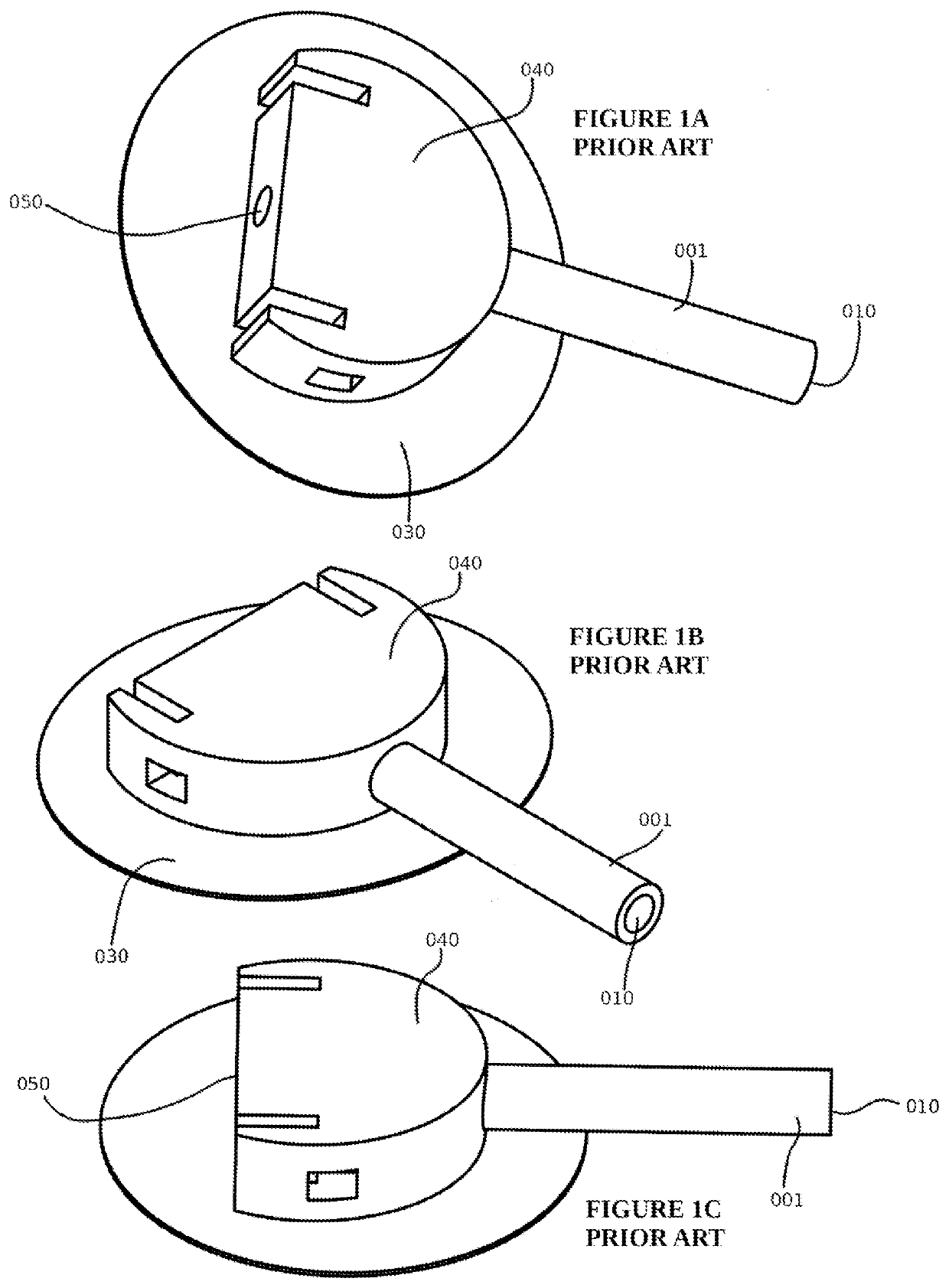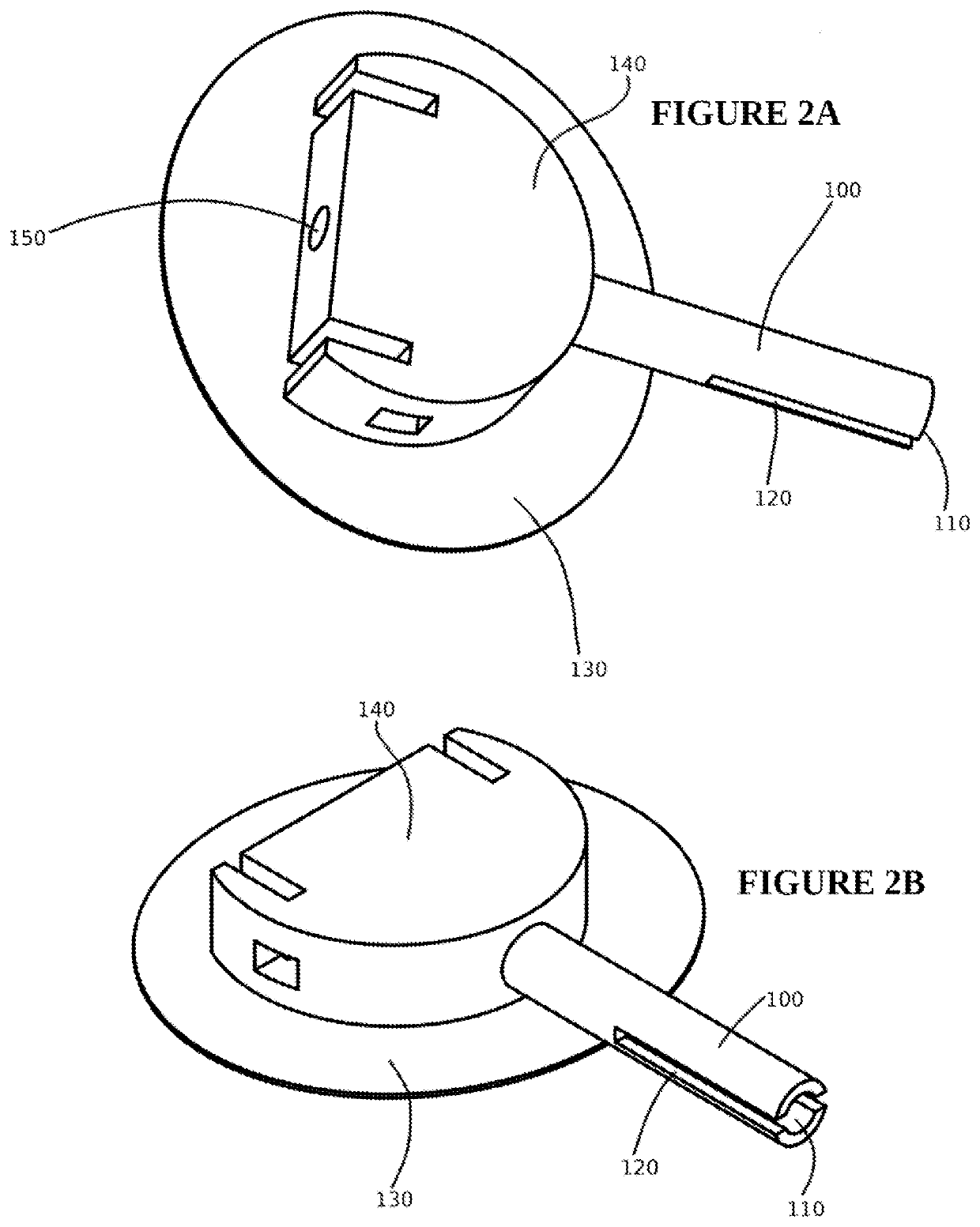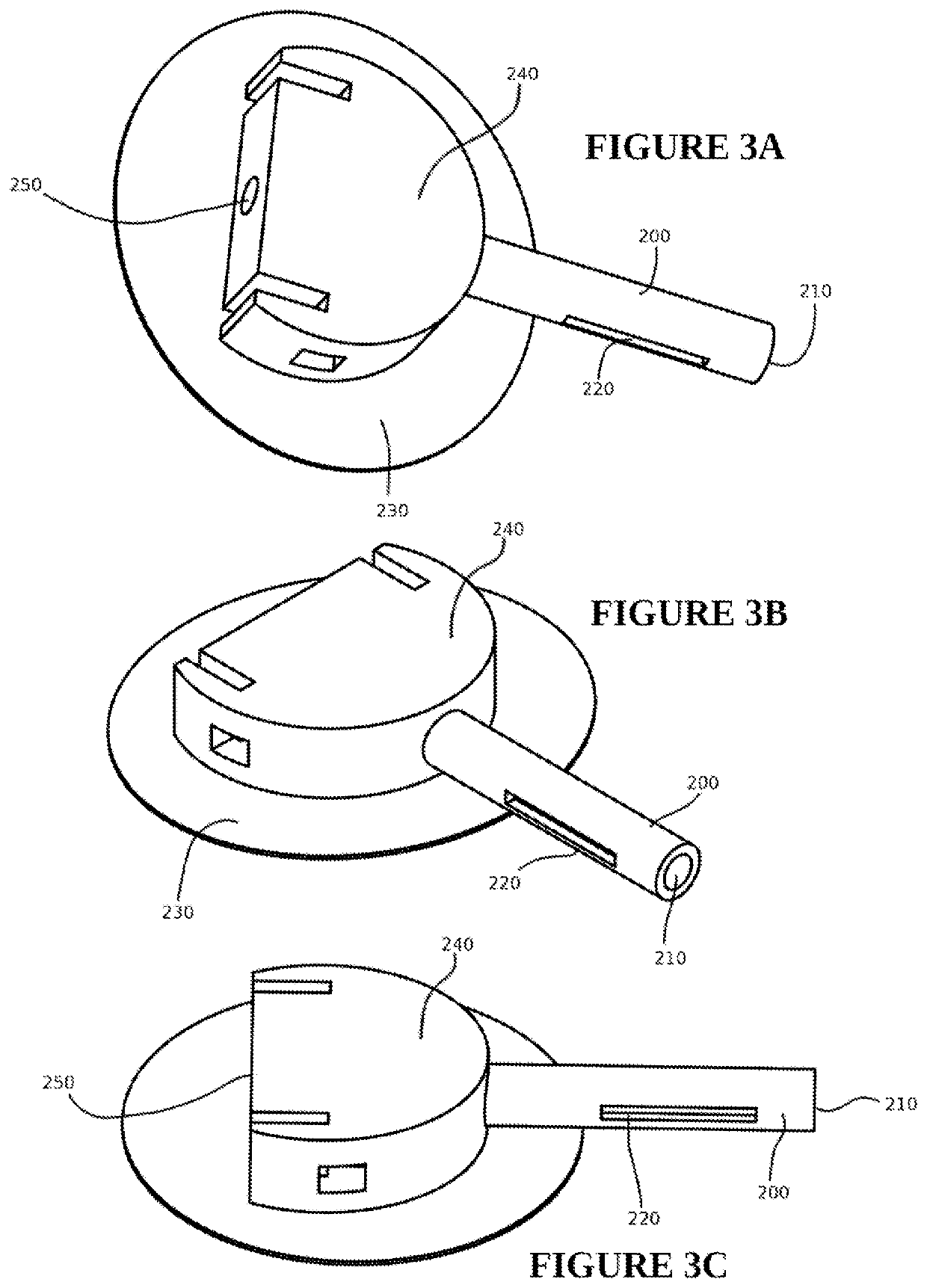Subcutaneous infusion cannulas having a plurality of apertures for dosage distribution over a wide area of subcutaneous tissue
a cannula and subcutaneous tissue technology, applied in the direction of catheters, needles for infusion, other medical devices, etc., can solve the problems of infusion of medication, reduce the time to peak absorption rate, reduce unwanted local side effects, and increase the uptake rate of some medications
- Summary
- Abstract
- Description
- Claims
- Application Information
AI Technical Summary
Benefits of technology
Problems solved by technology
Method used
Image
Examples
Embodiment Construction
[0036]Subcutaneous cannulas are often associated with scarring or other side effects as a result of injecting medication at the same location for an extended period of time. For insulin, a concern is lipohypertrophy at the infusion site, caused by repeatedly injecting insulin at the same injection site (see Robert Young, James Hannan, Brian Frier, Judith Steel and Leslie Duncan, Diabetic Lipohypertrophy Delays Insulin Absorption, Diabetes Care, 7(5):479-480 (September-October 1984). More significantly, lipohypertrophy has been demonstrated to slow insulin absorption (see id). By using a perforated cannula (or an infusion set with multiple cannula tubings), the medication is infused over a larger volume of subcutaneous tissue, and thus the concentration of medication at any one point is lessor than it would be with the traditional cannula, wherein all medication egresses through the end of the tube, into a small localized site. This has the potential of reducing unwanted side effects...
PUM
 Login to View More
Login to View More Abstract
Description
Claims
Application Information
 Login to View More
Login to View More - Generate Ideas
- Intellectual Property
- Life Sciences
- Materials
- Tech Scout
- Unparalleled Data Quality
- Higher Quality Content
- 60% Fewer Hallucinations
Browse by: Latest US Patents, China's latest patents, Technical Efficacy Thesaurus, Application Domain, Technology Topic, Popular Technical Reports.
© 2025 PatSnap. All rights reserved.Legal|Privacy policy|Modern Slavery Act Transparency Statement|Sitemap|About US| Contact US: help@patsnap.com



